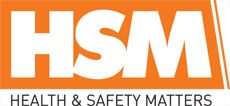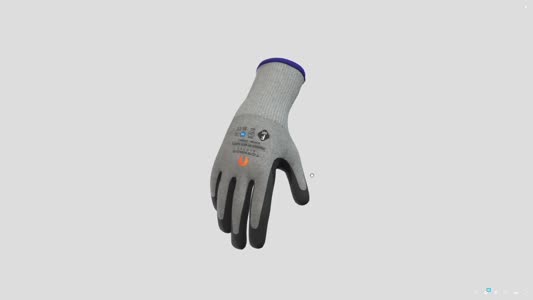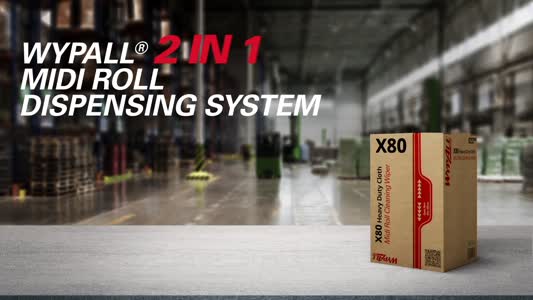
 |
Mark Sennett
Managing Editor |
 |
Kelly Rose
Editor |
| Home> | Breathing Safely | >Dust and Fume Extraction | >Engineering firms reminded to manage welding fume |
Engineering firms reminded to manage welding fume
16 June 2021
AMID ONGOING investigations by the Health and Safety Executive (HSE) into welding fume and metalworking exposure at engineering premises, Bureau Veritas is reminding businesses to control and manage exposure risk or face possible enforcement action
Earlier this year, the HSE revealed its plans to inspect engineering firms from May to September 2021 with the primary focus to identify any risks to lung health as a result of welding fume exposure. However, inspections will also highlight other areas of concern when it comes to the COVID-secure measures being implemented.
Last year in the UK alone, 12,000 people died from lung diseases estimated to be linked to past exposure.1 Over exposure to welding fumes and metalworking fluids over a long period may cause workers to develop conditions including occupation asthma and hypersensitive pneumonitis, a serious and irreversible respiratory illness.
With the HSE now making regular inspections to engineering premises, Bureau Veritas is reminding the sector to tighten procedures around control and measurement of welding fume exposure, particularly Local Exhaust Ventilation (LEV) processes and use of Respiratory Protective Equipment (RPE).
Joe Marais, engineering team leader – Occupational Hygiene & Storage Equipment at Bureau Veritas comments, “Welding fume and metalworking fluid exposure can pose a number of risks to employees in the engineering environment, from the potentially harmful fumes and gasses emitted during the welding process.
“The risks to an employee’s health from these exposures can, in many cases, be prevented or at least adequately controlled. LEV is an engineering control used to reduce the risk of inhalation of hazardous substances – this system is essential to protect health where welding is carried out indoors, and must be properly designed, installed, commissioned, tested and maintained in order to be effective. Meanwhile, where risk cannot be adequately controlled from LEV alone, or if it is not reasonably practicable to provide LEV (e.g., working outdoors), firms must provide workers with suitable RPE, such as tight-fitting disposable masks or battery-powered air-fed protective equipment.
“In preparation for HSE inspections, another key measure is workplace air monitoring assessments. These can provide the invaluable data and insight required to control exposure to welding fumes and metalworking fluids.”
Following a recent HSE inspection of a manufacturing site, an Inspector identified that a paint spray booth was being used to control isocyanate-contained paints, which can by toxic by inhalation. The LEV Thorough Examination and Test (TExT) report for the booth did not meet COSHH requirements – and the service provider that undertook the report did not have relevant qualifications in relation to conducting a TExT on LEV systems. Enforcement action was taken against both the service provider in relation to their lack of competence, and against the site’s dutyholder to ensure that a competent person was appointed to perform an accurate TExT.
Joe continues: “It’s vital that when it comes to controlling and managing welding fume and metalworking fluid exposure, that a competent person is employed to undertake risk assessments, strategies and reporting. This is someone with the relevant qualifications, insight and experience to carry out such investigations and analyses.
“There is no one-size-fits-all approach when it comes to having a robust occupational hygiene programme, and we’ve worked with engineering firms in the automotive sector where, after a workplace air monitoring survey, we were able to tighten their compliance procedures by giving advice on how to use existing exposure control measures more effectively, such as LEVs.
“We would encourage manufacturers to review their existing occupational hygiene programme to ensure it goes beyond simple compliance and includes a continuous improvement action plan to reduce the risks to employee health from exposure to hazardous substances.”
- Reduce work-related back pain
- £100k fine after worker suffers chemical burns
- Demolition firm in the dock after worker falls from height
- Better protection for outdoor workers needed, says BSC
- Fall led to severe injury
- PPE Insights Guide 2024
- Plumber handed suspended sentence for gas work
- Director faces manslaughter charge for construction worker's death
- Worker breaks rib failing into pit
- £5M fine after fatal gas explosion























